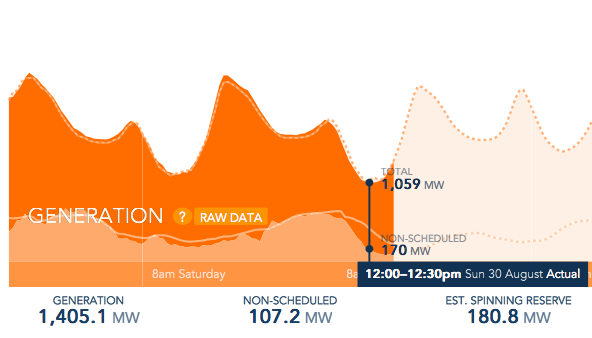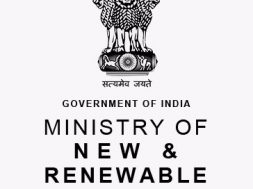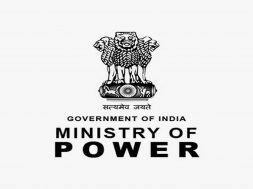
Rooftop solar: W.A. sets new record low for grid demand, two other states set winter lows
The West Australia grid has set a new record low for minimum demand as rooftop solar continues to increase its share of generation, and the government announces it is reshaping solar export tariffs to encourage storage, electric vehicles and west facing solar panels.
The new low was set on Sunday, just after noon local time, when grid demand fell to 1059MW as rooftop solar provided 40 per cent of total generation. That’s below the previous record of 1135MW set in January this year, but the Australian Energy Market Operator expects that further lows will be set this spring and in following years.
The record fell on the same weekend that new winter lows for minimum demand were set in Victoria and South Australia, according to AEMO, both also the result of increased generation from rooftop solar, and low overall demand.

The lows for minimum demand levels are falling rapidly. “This was the fourth consecutive quarter in which a minimum quarterly demand record was set, of which two were all-time minimum demand records, highlighting the continuing impact of distributed PV on demand patterns and quantities in the WEM,” AEMO said in its latest Quarterly Energy Dynamics statement.
This new record takes the number of consecutive quarters with a new minimum demand record to five, including three which are all time records.
On Sunday, of the grid demand, large scale renewables – wind and solar and described here as “non scheduled” were reduced to just 170MW in W.A. after several installations were curtailed to allow room for the synchronous generation from coal and gas plants that AEMO judges is necessary for the grid.
Both AEMO and the W.A. state government have raised concerns about the growing impact of rooftop solar in the grid, and earlier this year released a distributed energy roadmap, which outlined the new inverter standards and protocols for “solar shedding” that it deemed necessary to cater for the continued expansion of rooftop solar.
The government has also been supporting the installation of numerous “community scale batteries) to soak up excess rooftop solar output on certain feeders into the network and at other strategic points.
In W.A. AEMO has set 700MW as the minimum grid demand level that can be accommodated without serious impacts on grid stability, but even at that level would suggest heavy curtailment of non-synchronous generation.
The push for higher inverter standards and the “solar shedding” protocols is now being pursued more vigorously in South Australia, which has an even higher percentage of rooftop solar in its grid, although it does benefit from transmission links to Victoria.
As we reported over the weekend, as grid constraints, network bottlenecks and low demand caused the curtailment of more than 2,300MW of large scale renewables across, the share of rooftop solar in South Australia reached 60 per cent.
According to AEMO, that reduced minimum demand to a new winter low of 585MW, and within a few years it expects this could fall to zero, and below, if action is not taken. As part of its response, it and the state government are fast-tracking new inverter standards to ensure rooftop solar PV can ride through disturbances, and new protocols that will enable it to switch off rooftop solar when needed.
Victoria also set a new minimum demand record on Saturday, at the same time as South Australia, when its grid demand fell to 3,448MW, with rooftop solar accounting for 29 per cent of total generation. The new lows beat near winter records achieved in both states just four weeks earlier, on August 2.















